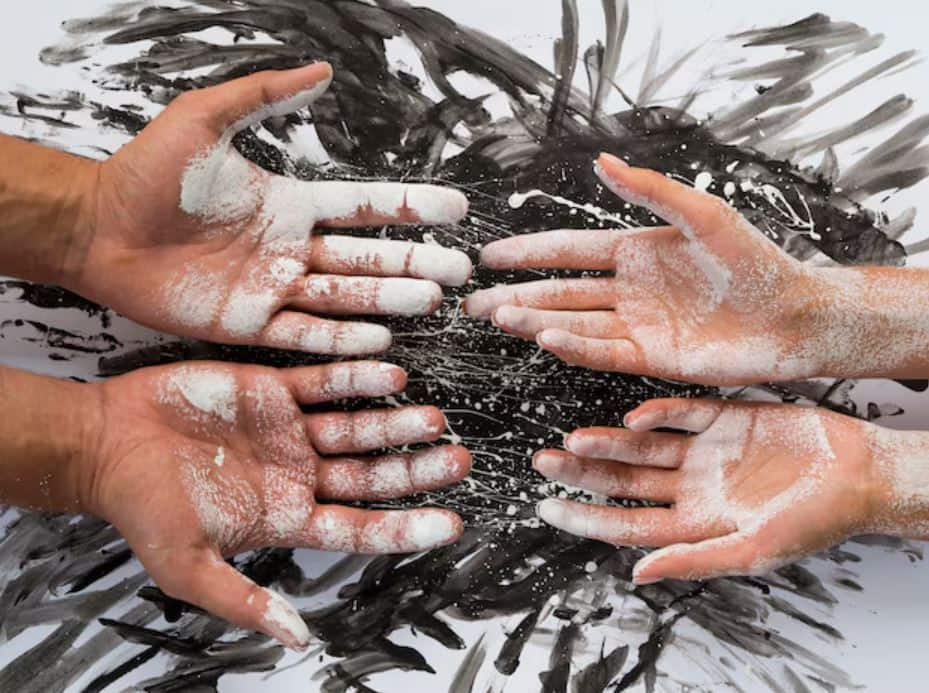World Hand Hygiene Day 2025: In our fast-paced, screen-driven world, we often touch our eyes without even realising it—whether it’s to rub them when tired, adjust glasses, or insert contact lenses. However, one crucial act is frequently overlooked: washing our hands. On World Hand Hygiene Day 2025, experts are drawing attention to the unseen yet dangerous impact of unwashed hands on eye health.
Dr Amod Nayak, Head of Clinical Services at Dr. Agarwal’s Eye Hospital in Bengaluru, emphasises the importance of clean hands in protecting our eyes. “The simple act of hand hygiene is one of the most effective strategies to maintain eye health, especially as we spend more time on mobile devices and rely on vision aids such as contact lenses,” he says.
The Invisible Danger on Our Fingertips
Our hands come into contact with countless germ-infested surfaces—door handles, mobile phones, keyboards, and even currency. According to Dr Amod, touching our face or eyes after handling these items provides a direct pathway for harmful bacteria, viruses, and irritants to reach the delicate mucous membranes of the eyes.
Here are some common eye conditions linked to poor hand hygiene:
1. Conjunctivitis (pink eye): Easily spread through hand-to-eye contact
2. Lid infections: Such as styes and blepharitis caused by blocked glands or bacteria
3. Keratitis: A serious corneal infection that can lead to vision loss, often caused by bacteria, fungi, or parasites introduced via dirty hands
Contact Lenses: Doubling the Risk
For the millions of people who wear contact lenses daily, the risk escalates. Dr Amod notes, “Inserting or removing lenses with unwashed hands can directly transfer germs to the eye’s surface. Poor lens hygiene may result in keratitis, which is potentially blinding.”
Even seemingly small mistakes—like using tap water to clean lenses or sleeping with them in—become especially dangerous when combined with contaminated hands. That’s why the American Academy of Ophthalmology strongly advises washing hands thoroughly before handling contact lenses.

Mobile Devices: The Bacteria Gateway
Smartphones are an unexpected—but significant—culprit. “We touch our phones constantly, often in germ-heavy environments like public transport, restaurants, or bathrooms,” says Dr Amod. “And we rarely clean our devices.”
This creates a dangerous loop: touching your phone, then your eyes, unknowingly transfers a cocktail of microbes straight into one of the most sensitive areas of your body. Digital eye strain from prolonged screen exposure also increases the likelihood of rubbing your eyes—amplifying the risk of infection.
Protecting Your Eyes Starts With Your Hands
Fortunately, the solution is both simple and effective. Dr Amod urges everyone to make handwashing a non-negotiable habit, especially before:
1. Touching your eyes
2. Handling contact lenses
3. Applying eye drops or makeup
Practical Tips for Eye-Safe Hygiene:
1. Wash hands with soap and water for at least 20 seconds
2. Dry hands with a clean towel or air dryer
3. Avoid rubbing your eyes, especially after touching shared surfaces
4. Regularly sanitise your mobile devices
Follow strict lens care protocols, using fresh solutions and replacing lenses as directed
Seek immediate medical help if you notice symptoms such as redness, irritation, pain, or unusual discharge from your eyes. Early intervention can prevent minor issues from becoming serious conditions.
In an era where screens dominate our lives and convenience often overshadows caution, hand hygiene remains a powerful but underestimated shield for eye health. This World Hand Hygiene Day, let’s remember: your eyes are only as clean as your hands. Protect them with the simplest tool available—soap and water.

